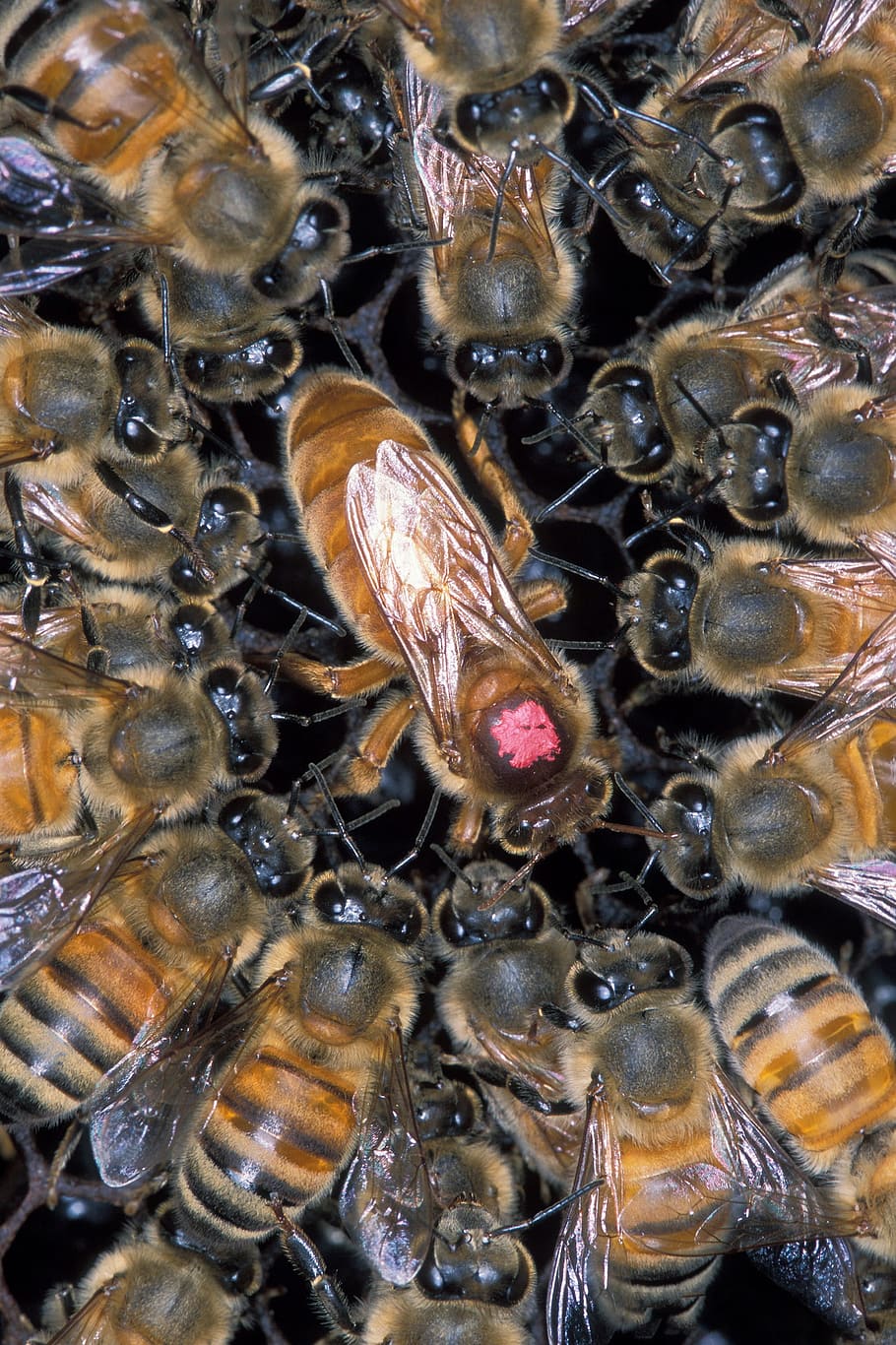23
Jun
Insecticides the Pesticide Industry Said Were “Safer for Bees” Found to Stress and Kill Honey Bees
 (Beyond Pesticides, June 23, 2020) Next-generation systemic insecticides, billed by the agrichemical industry as “safer for bees” than neonicotinoids, have been found to stress and kill honey bees. As reported, a study by researchers at Oregon State University in the journal PLOS One, sulfoxaflor and flupyradifurone (in the products Transform and Sivanto, respectively) were found to increase apoptosis (cell death) and increase oxidative stress in exposed honey bees.
(Beyond Pesticides, June 23, 2020) Next-generation systemic insecticides, billed by the agrichemical industry as “safer for bees” than neonicotinoids, have been found to stress and kill honey bees. As reported, a study by researchers at Oregon State University in the journal PLOS One, sulfoxaflor and flupyradifurone (in the products Transform and Sivanto, respectively) were found to increase apoptosis (cell death) and increase oxidative stress in exposed honey bees.
The study indicates that, “With the recent Environmental Protection Agency (EPA) approval for use of both flupyradifurone and sulfoxaflor, and with the growing concern regarding pollinator health, it is important to better understand any potential negative impacts (especially sub-lethal) of these pesticides on bees.” However, this statement begs the question ‘why these two new bee-toxic pesticide were approved by EPA in the first place.’
This process is familiar and frustrating to those who continue to fight against the decline of pollinators: the chemical industry introduces and EPA approves new toxic pesticides marketed as “safer” to the specific problem caused by its older products, only to find out through independent and academic research that the problem is not solved in the least.
Researchers conducted two exposure assessments: one six-hour long study, and another 10-day study. In both, pesticides were mixed at field application rates corresponding to that used to manage pests such as aphids in apple, citrus, or other fruiting vegetable crops. An unexposed control group was established. Bees in the lab were knocked out using carbon dioxide, and exposed to the pesticides through a misting application.
For the six-hour study, in the Transform (sulfoxaflor) exposed group, so many honey bees died within the six hour contact window that it was determined to be “unfeasible” to continue testing sulfoxaflor in the 10-day study. Sivanto (flupyradifurone)- exposed pollinators in the 10 day group were found to result in sub-lethal impacts that shortened honey bee life spans. “The average life span of a worker honeybee is five to six weeks in spring and summer, so if you are reducing its life span by five to 10 days, that’s a huge problem,” said Ramesh Sagili, PhD, study coauthor. “Reduced longevity resulting from oxidative stress could negatively affect colony population and ultimately compromise colony fitness.” Changes were also observed in sugar syrup and water consumption between the control and pesticide-exposed honey bees.
Independent scientific data has already been established on the harm these pesticides pose to pollinators. Last year, EPA registered new uses of sulfoxaflor, despite these warning signs. “Proposing to register sulfoxaflor for use on bee-attractive crops, in the midst of an ongoing pollinator crisis, is the height of irresponsibility,” said Drew Toher, community resource and policy director for Beyond Pesticides in an interview for Bloomberg Environment. “When all of the available data points to significant risks to pollinators from use of this chemical, we must face the facts: EPA is working towards the protection of pesticide industry, not the environment,” he said. EPA is in the midst of a lawsuit challenging its approval of sulfoxaflor.
EPA’s own registration documents acknowledge the grave risks flupyradifurone poses to honey bees. “While the acute oral toxicity study indicates that flupyradifurone is highly toxic to individual adult honey bees, longer-term laboratory-based studies of both larval and adult bees show no adverse effects up to the highest dietary concentration tested,” the documents indicate. Moreover, this recent study appears to poke holes in EPA’s determination that long-term effects are not likely to be adverse.
The Saving America’s Pollinators Act (SAPA) was amended last year by Representative Blumenhauer to include immediate restrictions in the use of flypyradifurone and sulfoxaflor, in addition to the neonicotinoid insecticides that continue to poison pollinator populations. Take action by telling your Congressional representative to cosponsor SAPA.
In this time, Beyond Pesticides is also urging individuals to further consider actions that protect people as well as pollinators. A society with systemic racism does not respect the rights of low-income and black and brown people and is not one with the capacity to solve the pollinator crisis; it is not one that can help repair the natural world. We must advance systemic change on all fronts to protect people and the natural world if the future is to be sustainable.
All unattributed positions and opinions in this piece are those of Beyond Pesticides.
Source: PLOS One, Science Daily press release










